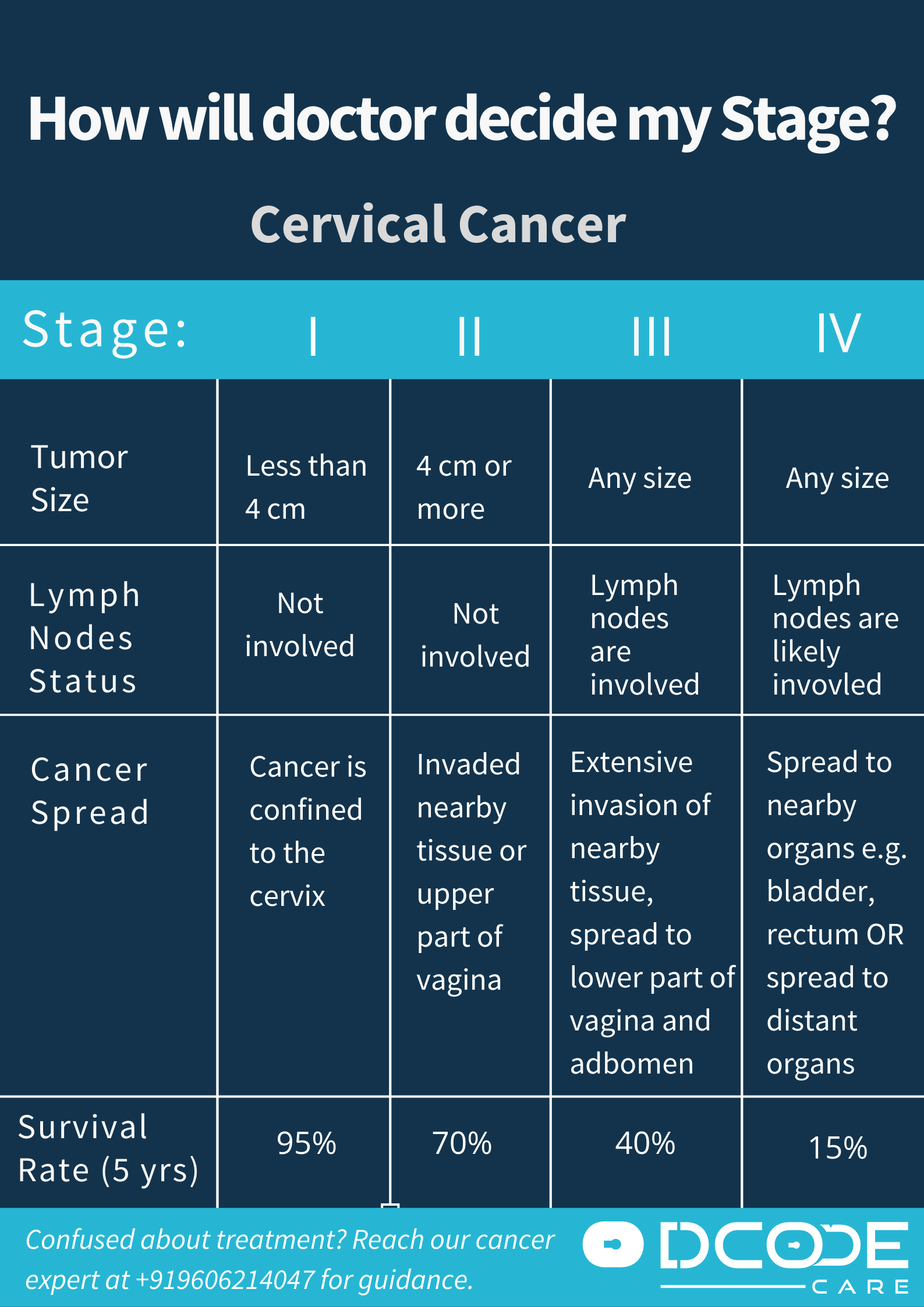Cervical Cancer

Cervical cancer is a type of cancer that forms in the cervix. The cervix is the opening of the uterus at the top of the vagina. Cancer develops when healthy cells change such that they grow and divide more rapidly. It is usually a slow-growing cancer that may be symptomless. Cervical cancer is almost always caused by a Human Papilloma Virus (HPV) infection.
HPV Vaccination
The HPV vaccine protects against the specific types of HPV that are the most common cause of cancer, pre-cancerous conditions, and genital warts. The ideal age to receive the vaccination is 11 or 12 years, but it is administered between the ages of nine years through to 26 years. HPV vaccination has shown to decrease the incidence of high-grade cervical abnormalities and reduces the prevalence of the HPV types that are specifically targeted by the vaccines. The effect of HPV vaccination on the incidence of cancer itself has not been clearly established but is expected to prevent up to 70% of cervical cancers.
Types Of Cervical Cancer
Cervical cancer may be classified by a doctor oncologist or doctors that treat cancer in several ways. Based on types of cells in the tumour: It may be one of three categories:
Squamous tumours (most common subtype begins in the thin, flat cells that line the cervix), Glandular tumours or adenocarcinoma (second most common and starts in the cells that produce mucus and other fluids), Other epithelial tumours (Rarer subtypes such as adenosquamous carcinoma, neuroendocrine etc.)
Based on how the disease has advanced:
Non-invasive cervical intraepithelial neoplasia: Cervical intraepithelial neoplasia (or CIN) is used to describe abnormal changes in the cells of the cervix. Although it is not cancer, it may progress to cancer in the future.
Early cervical cancer: Early cervical cancer is in conditions when the tumour has not spread beyond the cervix. The primary treatment is usually to remove the tumour surgically by an onco surgeon.
Locally advanced cervical cancer: When the cancer has spread outside the cervix into the surrounding tissues the treatment usually starts with chemotherapy and/or radiotherapy, and in some cases, surgery may be performed after the tumour has shrunk. This decision is taken by a specialist of cancer.
Metastatic cervical cancer: The cancer has spread to other parts of the body.
Staging Of Cervical Cancer
If you are diagnosed with cervical cancer, the doctors that treat cancer will run more tests to determine the extent (stage) of your cancer. Your cancer's stage is an important input in deciding on your treatment.
- Stage I: In stage I, the cancer is restricted to the cervix only. It is divided into two stages: IA (Small amount of cancer is found in the tissues of the cervix only seen with a microscope) and IB (Maybe microscopic with increased depth or visible without a microscope). There is no spread to lymph nodes or to other parts of the body.
- Stage II: The cancer has spread beyond the cervix but not to the pelvic wall or lower vagina. It is divided into (has spread to tissues around the cervix). It may or may not have spread to the lymph nodes but there is no spread to other parts of the body.
- Stage III: In stage III, cancer has spread to the lower part of the vagina, and the pelvic wall. It may even cause kidney related problems. Stage III is divided into stages IIIA (The cancer has spread to the lower part of the vagina or the walls of the pelvis. The cancer may be blocking ureters, which are the tubes that carry urine from the kidneys to the bladder) and IIIB (The cancer has spread to the walls of the pelvis and/or is blocking one or both ureters leading to kidney-related problems). Lymph nodes may be involved but there is no spread to other parts of the body.
- Stage IV: In stage IV, cancer has spread beyond the pelvis, in the lining of the bladder and/or rectum, or may have spread to other parts of the body. There are two subdivisions IVA (The cancer has spread to the bladder or rectum or it is growing out of the pelvis) IVB (The cancer has spread to distant organs beyond the pelvic area, such as distant lymph nodes, lungs, bones or liver.)
Recurrent Cervical Cancer: This is a form of cancer that has recurred after it being treated in the past.

Sources: European Society for Medical Oncology (ESMO); The American College of Obstetricians and Gynecologists (ACOG); American Cancer Society.